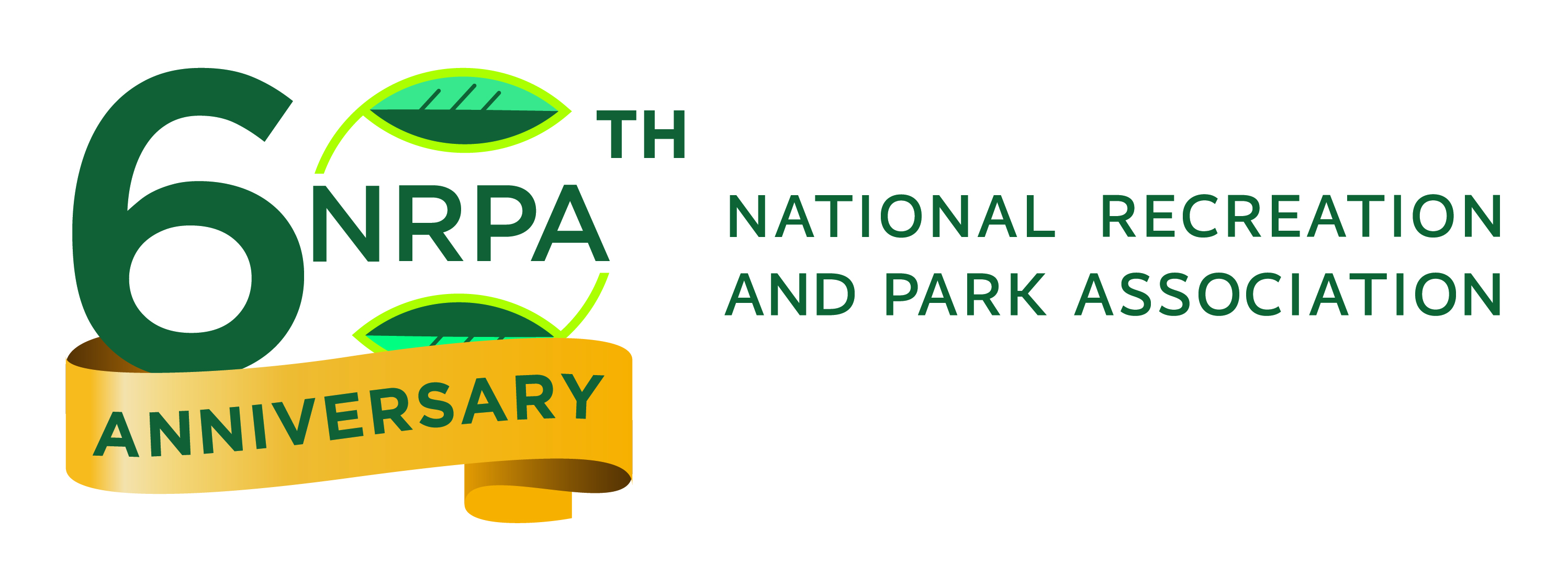Report identifies significant economic impact for all 50 states and the District of Columbia
ASHBURN, VA – Nov. 19, 2015 – The nation’s first economic impact report identifying and quantifying the economic contribution of the thousands of local and regional public parks throughout the country is now available through the National Recreation and Park Association (NRPA) and the findings are significant. The analysis shows that the nation’s local and regional parks generate nearly $140 billion in economic activity per year and support nearly 1 million jobs.
NRPA’s main focus for the economic impact study was to gain insight into the economic contribution local and regional parks create for the economy to help further solidify the essential value local parks offer, beyond what is traditionally understood.
“We’ve always known that local parks contribute to healthier communities, bring diverse populations together and support environmental conservation and stewardship,” says Barbara Tulipane president and CEO of NRPA. “All of these are important contributions to communities and are benefits felt by millions of people. Now, we know definitively that parks are also powerful engines of valuable economic activity and deserve support and recognition from elected officials, policymakers and the public.”
The report provides a detailed picture of the economic impact findings for all 50 states and the District of Columbia. Following are the top 10 states with the highest economic activity from local and regional public park spending:
- California — $17.6 billion
- Illinois — $12.9 billion
- Florida — $7.4 billion
- Texas — $ 6.3 billion
- New York — $6.2 billion
- Colorado — $4.6 billion
- Ohio — $4.2 billion
- Virginia — $3.7 billion
- North Carolina — $3.0 billion
- Minnesota — $2.8 billion
“From coast-to-coast, local parks are making a measurable impact on local economies,” says Tulipane. “A common thread we see is that those parks with robust support from both policymakers and the public are leading the way when it comes to economic activity.”
The study, conducted by the Center for Regional Analysis at George Mason University (GMU) for NRPA, focused exclusively on the direct, indirect and induced effects of park system spending with analysis based on data compiled by the U.S. Census Bureau and NRPA’s benchmarking database for local parks.
“Most folks don’t think of local and regional parks as contributing to the economy,” says Dr. Terry Clower, Director of the Center for Regional Analysis at GMU and lead study author. “Clearly these parks are not only contributing to the quality of life, health and well-being of their communities, they are also providing employment opportunities and opportunities for businesses of all sizes.”
Overall, the economic impact study confirms that investments in public parks are investments for a better tomorrow. Local and regional public park spending not only turns neighborhoods, towns and cities into vibrant, connected communities, but also sparks economic activity that ripples well beyond the initial spending to create jobs and prosperity throughout our nation.
To review the report and methodology as well as a detailed analysis with case studies visit, www.nrpa.org/ParkEconReport.
About The National Recreation and Park Association
The National Recreation and Park Association is a national not-for-profit organization dedicated to advancing park, recreation and conservation efforts that enhance quality of life for all people. Through its network of 50,000 recreation and park professionals and citizens, NRPA encourages the promotion of healthy and active lifestyles, conservation initiatives and equitable access to parks and public space. For more information, visit www.nrpa.org. For digital access to NRPA’s flagship publication, Parks & Recreation, visit www.parksandrecreation.org.
# # #
Media Contact:
Lauren Hoffmann
@NRPA_News
